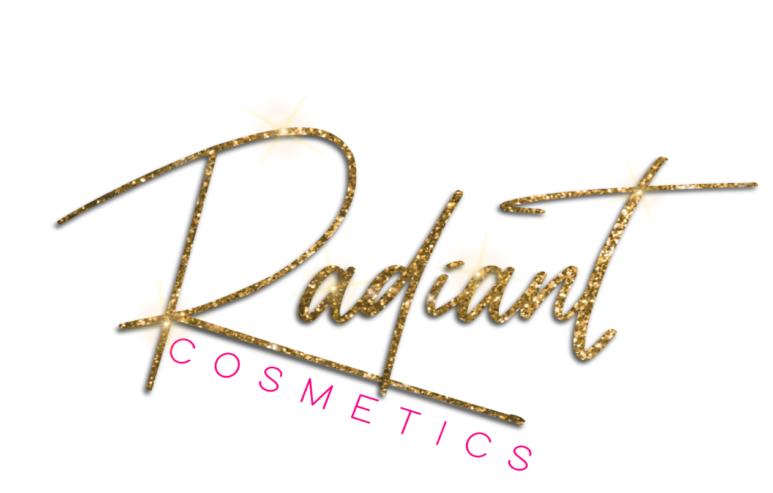However, sugars are the most abundant soluble solid in many fruit and vegetable juices. 0 0 0. . High Fructose Corn Syrup, or HFCS, is a liquid sweetener that is extracted from cornstarch containing mainly fructose and D-glucose. The relationship between density and degrees Baum has been expressed in various ways during the time it has been used. The Brix scale first used a reference temperature of 15.5C and now commonly uses a temperature of 20C (68F). Just as yield is reported in pounds or tons per acre, soluble solids are usually reported in values of Brix. IMPORTANT: This is a rough approximation. When one part sugar is added to nine parts of solution, the value rises to 10 Brix. Where it is desirable to know the actual dry solids content, empirical correction formulas can be developed based on calibrations with solutions similar to those being tested. Step 1: Verify the refractometer using distilled water. For example, Brix values of crops "on the vine" or in the field change throughout the day; so, measuring Brix at the same time each time is important in order to compare varieties, fields, crops, etc. Step 3: Place a small amount of the solution to be tested onto the prism. Baum (B, Be, B or Baume, with or without accent). Brix values of a solution are measured using a device called a refractometer. Each degree brix (1) is equivalent to 1% sugar concentration when measured at 20C. When comparing Plato with Brix, a difference in the conversion from weight percent to specific gravity is usually observed in the 5th and 6th decimal places. Alternatively, you can use an optical refractometer. One degree Brix is defined as 1 gram of sucrose in 100 grams of an aqueous solution; if the only soluble solid in the solution is sucrose, then 1 gram of sugar will raise the value by 1 Bx. If using the Brix table (the current version of which is maintained by NIST and can be found on their website),[4] they reports in Bx. This is seldom the case. For most samples of beer, wine and juice, the Brix index is typically between 1 and 21. Yes, the Brix measurement of a liquid fluctuates according to temperature. The total soluble solids are made up of. It is one of the most commonly used indicators of juice quality as well as fruit maturity. A product's appearance may help sell it the first time but the enjoyment of eating it is usually required for repeat sales. This should not be used above S = 1.17874 (40 Bx). HFCS is used to replace sucrose in the beverage and food industries. It can also be used to determine the density of dispersions, solids and even gases. . Why? To do this, you will need to put a drop of the liquid on the main plate of the refractometer and then close the lid. Besides the Brix scale there are other comparable scales for indicating sucrose content in a sample, such as degrees Plato, Baum, Oechsle and Balling. A bit later Brix corrected some of the calculation errors in the Balling scale and introduced the Brix table. Sugars are the most abundant soluble solid in fruit and vegetable juices. What is total soluble solids and degree Brix? - ElegantQuestion.com There are three major types of refractometers: analog handheld, digital handheld, and bench-top. If this critical angle is exceeded, total reflection occurs. Please reload the page. Therefore, users must keep in mind that the Brix measured via any of the abovementioned instruments depends strongly on the temperature! In many cases, the Brix value is just used as a check value, simpler to read than density or refractive index (e.g. Once the Brix is known, using the above equation can enable one to calculate the refractive index (n). The scale most used worldwide to measure sugar concentration across different industries and samples (fruit juices, grapes, carbonated beverages, etc). The tables differ in their conversion from weight percentage to specific gravity in the fifth and sixth decimal places of the specific gravity scale. I have been working on my spreadsheets and have reached a confusing cross road intersection regarding Brix calculation. TSS is expressed as a percentage and is usually measured using a refractometer or an osmometer. ; Specification and Standard SPS-3 Refractometry and Tables Official; Tables A-F, "ICUMSA Methods Book, op. As with the hydrometer, it is possible to use these tables to calibrate a refractometer so that it reads directly in Bx. Older models may require the use of correction factors to obtain accurate results for samples taken at temperatures other than 20C (68F). Literature: White Papers, Guides, Brochures. Generally speaking, the further the sugar has deviated from its natural form, the lower its Brix reading will be. First, check the density meter with deionized water; the result should be 0 % w/w or 0.9982 g/cm3 at 20 C (consider your tolerances). When obtained and applied correctly, Brix values can aid in variety selection, harvest scheduling, and other aspects of crop production including irrigation, fertility, and post-harvest management. Field managers use Brix values to assess harvest readiness of grapes, melons, and other crops. For example, an 11.0% by mass D-Glucose ("grape sugar") solution measured 10.9 Bx using a hand held instrument. Grape juice (must), for example, contains little sucrose but does contain glucose, fructose, acids, and other substances. Brix is a measure of the amount of dissolved solids in a liquid and is often used to measure the sugar content of alcoholic beverages and juices. This should give a reading of zero; clean and calibrate the device if this value is not obtained. We and our partners use cookies to Store and/or access information on a device. Note: all polynomials in this article are in a format that can be pasted directly into a spreadsheet. A Brix index of 0 indicates that there are no dissolved solids, such as sugar, in the sample. Learn how to measure the sugar content during fermentation. As a consequence, a refractometer measurement made on a sugar solution once fermentation has begun will result in a reading substantially higher than the actual solids content. However, if you need a precise result obtained via a different scale converted automatically, including automatic temperature control, a benchtop digital density meter or a benchtop digital refractometer is the perfect choice. The substances in the sample solution cause the light to refract more or less, which then provides an indication of the sugar content.

